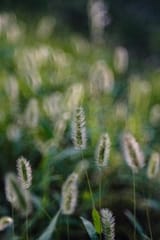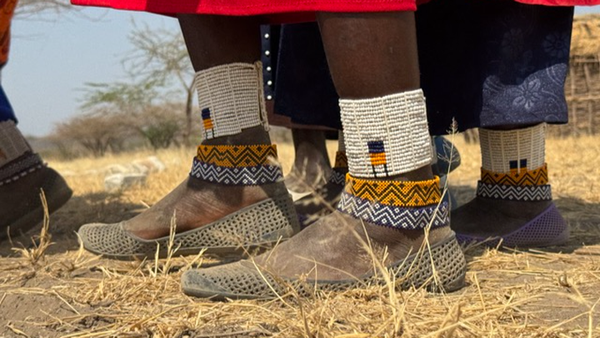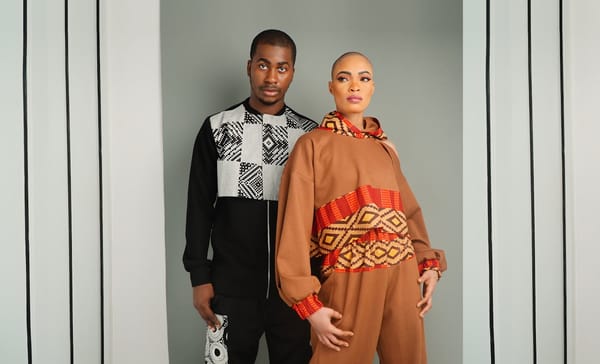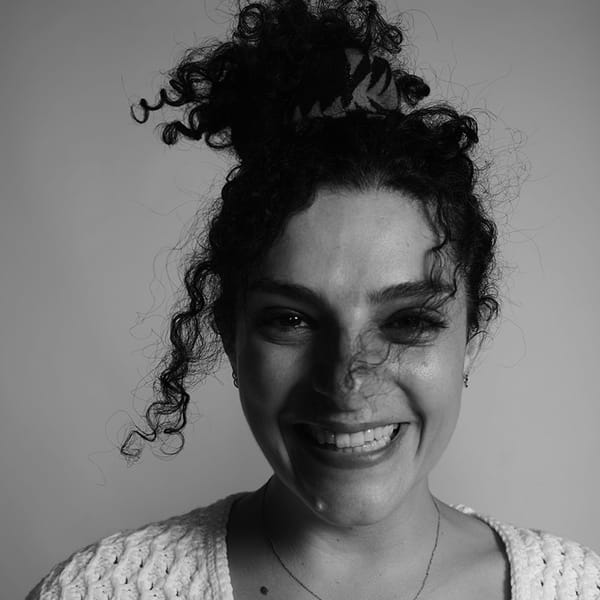We are Nature: Remembering and Reclaiming Our Roles as Natural Beings
To love a place is to decolonise.
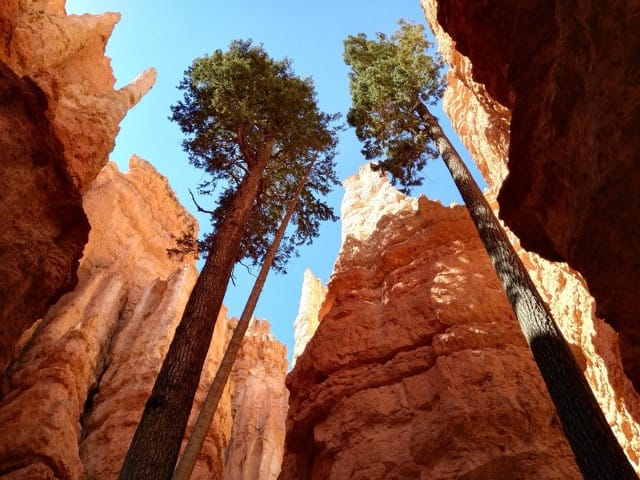
This article is part of a series exploring Resistance as a Force for Change - in partnership with intersection, a borderless network visibilising people working on the frontlines of climate, social and racial justice. Through interviews and insight-led pieces, we examine how marginalised voices navigate, and challenge, systems of power. They are not just about survival, but about the radical act of imagining something better. They reflect the complexity of what it means to resist: the weight of history, the imprint of culture, and the structural forces that shape our lives. Real change begins when we reckon with these truths—and choose to build from them.
Access the Audio Read version directly on Spotify for Creators.
How often have you heard, or said to yourself, that Planet Earth, Mother Nature would be better off without humans? That humans are the deadliest plague, the most destructive species, the worst infestation that Earth has ever seen? I have. Many times.
Every time I thought or said it, I felt regret, guilt, and blame, and the thought was often followed by another ugly sentiment, my being dead would be better for nature.
If thought begets action, then in this case, what action would I take from this mindset?
In her Medium article titled Why Humans Are a Non-Expendable Keystone Species, Carol Sanford wrote: "[this mindset] misses an essential point and diverts us away from what is true, genuinely urgent… Educating humans to the fact that we, ourselves, are natural beings, collectively a natural species, with essential, pressing work to do in our lifesheds and communities, is skipped completely in families, schools, religious institutions, and work places. Using the false premise as an alarm doesn’t get the job done; it only contributes to the threat of environmental collapse."
Upon reading this, I was renewed with hope. I am part of a collective natural species. I, too, have pressing work to do in my lifeshed. The challenge was figuring out what that was. Needless to say, I looked to nature for some answers.
In the undergrowth of a tropical Isthmian forest, a guatusa would forage for fruits and seeds, eating some and burying others for later. Guatusas have incredible memory; able to recall the hundreds and even thousands of seed burial sites for later retrieval. Inevitably, some seeds germinate before they are revisited by the guatusa.
In a North American deciduous woodland, the cedar waxwing searches for small fruits like cedar, juniper, serviceberry, and hawthorn. Once they have sufficiently enjoyed and digested the fruit, they defecate, dispersing the seeds and thus growing more cedars, junipers, serviceberries, and hawthorns.
A couple of metres under our feet, earthworms busily burrow through the soil, looking for delicious decomposing organic matter and live microorganisms, all the while aerating the soil and creating a healthy soil environment. Like all living beings, guatusas, cedar waxwings, and earthworms are esteemed members of an intricate network with other living beings. Simply by living (and consuming), they create more life.
In Braiding Sweetgrass, writer, author and scientist, Robin Wall Kimmerer tells a story of a graduate student who defied the learned scientific theory that harvesting decreases plant population. Since colonisers imposed conservation rules on a traditional harvesting site of sweetgrass, the once verdant wetlands now looked brown, dry, and lifeless as older, taller sweetgrass choked out younger seedlings.
Humans have always been an integral part of the ecosystem. Our lives, intricately intertwined with other lives around us. Our relationship with nature used to be reciprocal and although it may be difficult to see it in the anthropocene, that relationship still exists. Joanna Macy, author, and teacher scholar of Buddhism, systems thinking, and deep ecology, who passed away recently, reminded listeners of For The Wild podcast that our hearts, minds, bodies–our awarenesses–are four and a half billion years old. So what does it mean to be a collective four-and-a-half-billion-year-old self with all beings on this planet?
For humans to participate as a natural being, we may begin by recognising nature in ourselves. How do we rely on nature to survive and thrive? How does nature rely on us to survive and thrive? What relationship do we have with the life around us? How do we sense nature (within us and external of us–and can they really be separated)? How can we reinsert ourselves into the reciprocal loving relationship of our lifesheds? We may also begin by remembering how to love a place. When colonisers pillaged and extracted from their colonies, they did not see the colonies as home, but rather a source to fuel their short-term financial ambitions. Many of us have been displaced so many times, we don't even know where our ancestors are buried. But it doesn't mean we cannot start building a loving relationship with wherever we find ourselves now. To love a place is to decolonise.
I spend a lot of my energy holding down the sadness,anger, or guilt of planetary and eco-social collapse. My sadness comes from not being able to walk the same earth as already extinct animals; my anger, from seeing some other human beings continuing the same path of destruction that causes others to suffer; my guilt, from not being able to fully remove myself from the same destructive system. But I also feel joy and excitement. My joy comes from connecting with other beings who share my life-work of reintegrating ourselves into our lifesheds; my excitement, from continuing the work with these amazing and beautiful regenerative beings.
Emotions, having evolved for generations, are one of our oldest and wisest ways of knowing. Instead of holding these emotions down, remember that we have the strength, wisdom, and courage of four and a half billion years of ancestral beings supporting us, so that we may feel and process the pain; then channel the energy to re-remember what living is like as a natural being.
Bowie is a member of intersection, a borderless network visibilising people working on the frontlines of climate, social and racial justice. To find out more about its work, mission, and become a member, visit https://intersection-network.carrd.co/.

